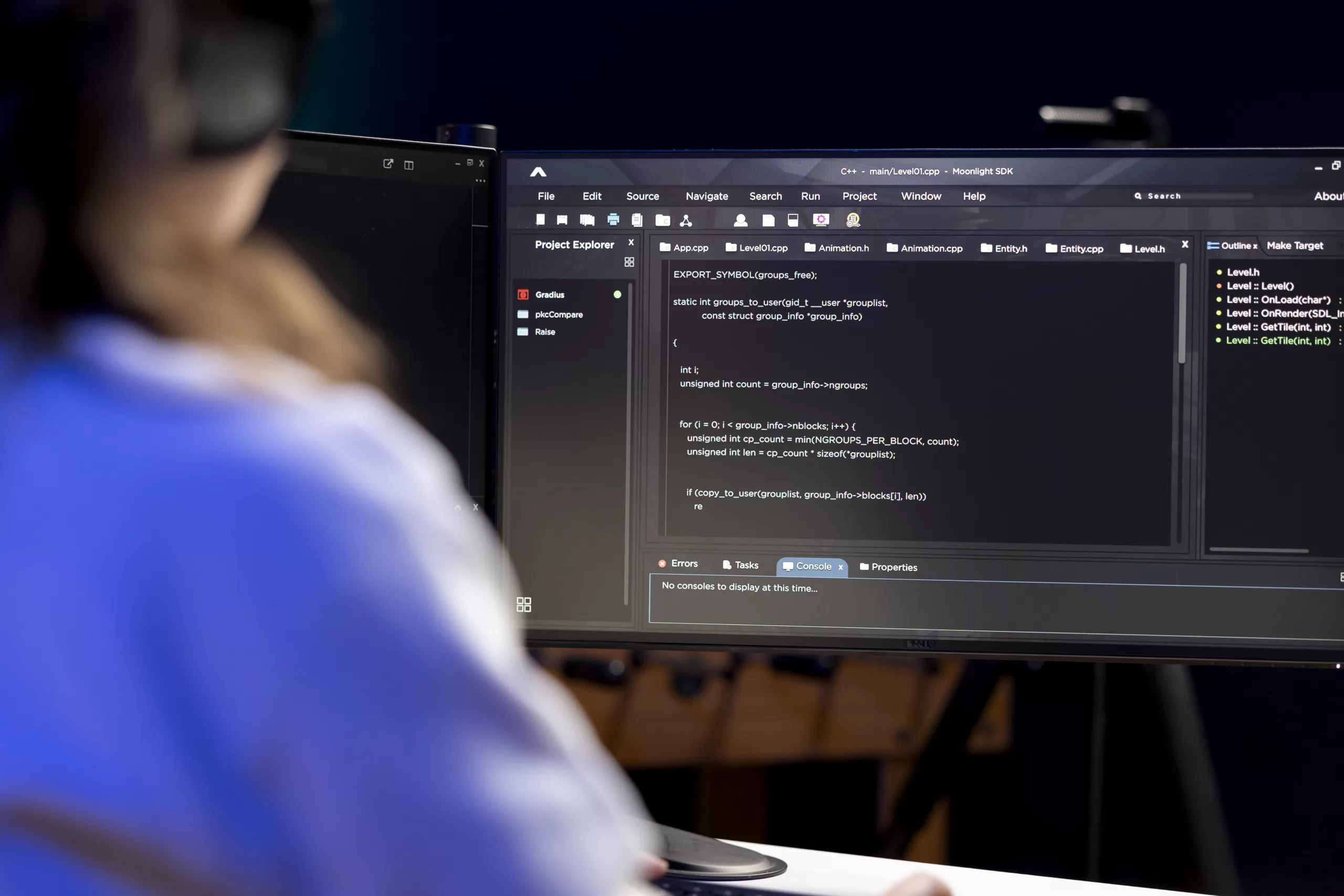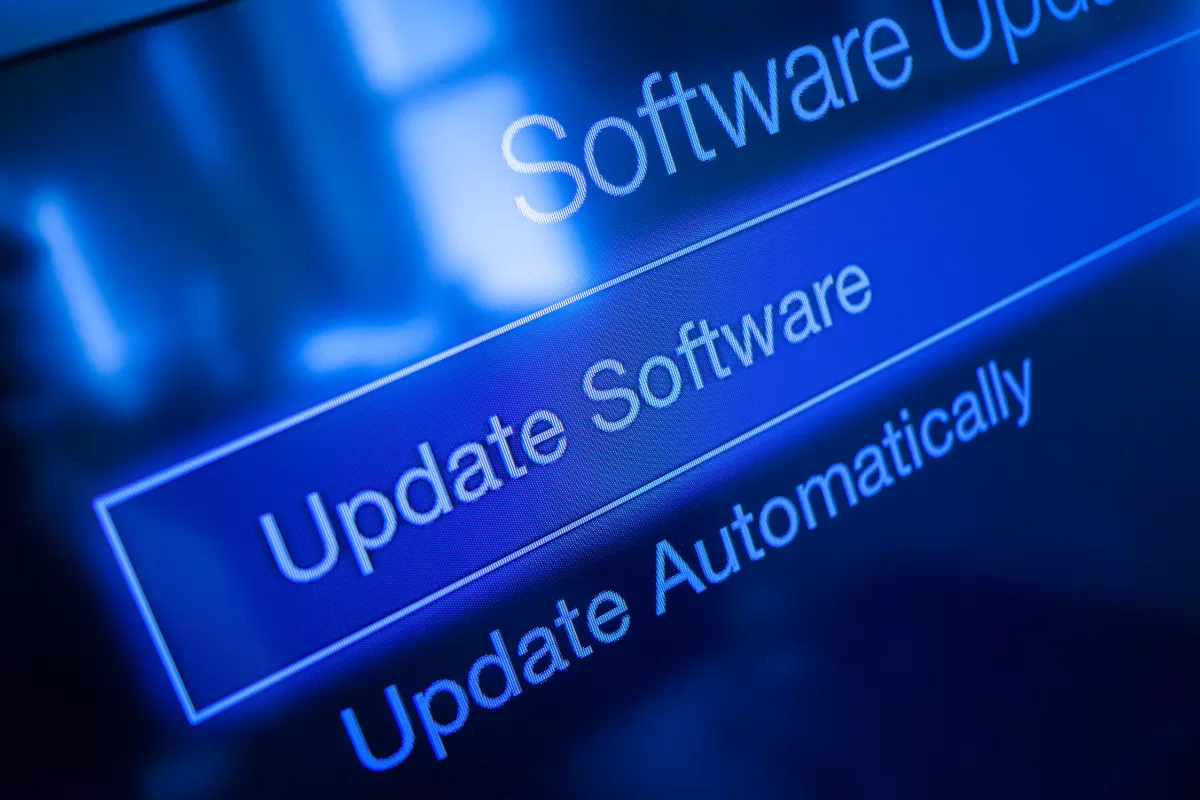How much does your app really change from one release to the next? Does it load faster? Handle more users? Or, without you noticing, has it quietly gotten slower? If you’ve ever tried to measure the performance difference between two software versions manually, you know the drill: lots of setup, lots of scripts, lots of time. And often, unclear answers.
It’s no small deal: in a study called “An Exploratory Study of Performance Regression Introducing Code Changes” (2017), researchers found that performance regressions occurred in roughly 12.5% of releases, even when fixing unrelated bugs. That means a one-in-eight chance your app might be slowing down without you realizing it.
But what if there were a simpler, smarter way to compare versions, with AI doing the heavy lifting? That’s where TestBooster comes in.
Why compare performance across versions?
Every new release introduces changes, whether new features, refactored code or updated dependencies. But change doesn’t always mean improvement. Sometimes, a shiny new feature slows down the login process. Or a background update increases memory usage.
Testing performance between versions helps you to:
- Catch regressions before users feel them.
- Validate that your optimizations actually worked.
- Keep your app fast, stable, and scalable.
In short, it keeps quality moving forward, not sideways.

So… how do you test performance between software versions?
Traditionally, it’s a mix of tools, spreadsheets, and manual test runs. You write scripts, simulate load and compare metrics. It works, but it’s slow, brittle, and not always repeatable. With TestBooster, the process is different. It’s fast, automated, and powered by AI. You can literally describe what you want to test, and the platform takes care of the rest.
Here’s how it works.
Testing step by step with TestBooster
- Write your test in natural language
Just describe what you want to check, like:
“Log into the system, add a product to the cart, and verify the response time is under 2 seconds.” - Run the same flow across both versions
Whether it’s your staging vs production environment, or version 2.0 vs 2.1, TestBooster runs your test in both and collects metrics. - Let AI handle the data
It tracks not just functionality, but also performance: how fast endpoints respond, whether CPU or memory usage changes, and if anything breaks. - See results side by side
The dashboard shows a clear comparison between versions. If something slowed down or started failing, you’ll see it immediately. - Take action faster
Found a performance drop? Your team can correct right away.
No extra coding. Just results that help you move forward with confidence.
Why TestBooster is your best ally for performance testing

TestBooster isn’t just another automation tool. It’s your AI sidekick for smarter QA. Here’s why it stands out:
- Fast to start: write your first test in minutes.
- Dynamic: It understands application context and adapt to UI changes.
- Precise: detect both functional bugs and performance regressions.
- Scalable: run test flows in parallel.
And most importantly, it helps your team ship faster without compromising quality.
Ready to compare your versions the AI way?
If you’re tired of guessing whether your app is getting better or worse with each release, it’s time to see the difference clearly. With TestBooster, testing version-to-version performance is no longer a painful task, it’s just part of your natural workflow.
Get a free trial to see it in action.






